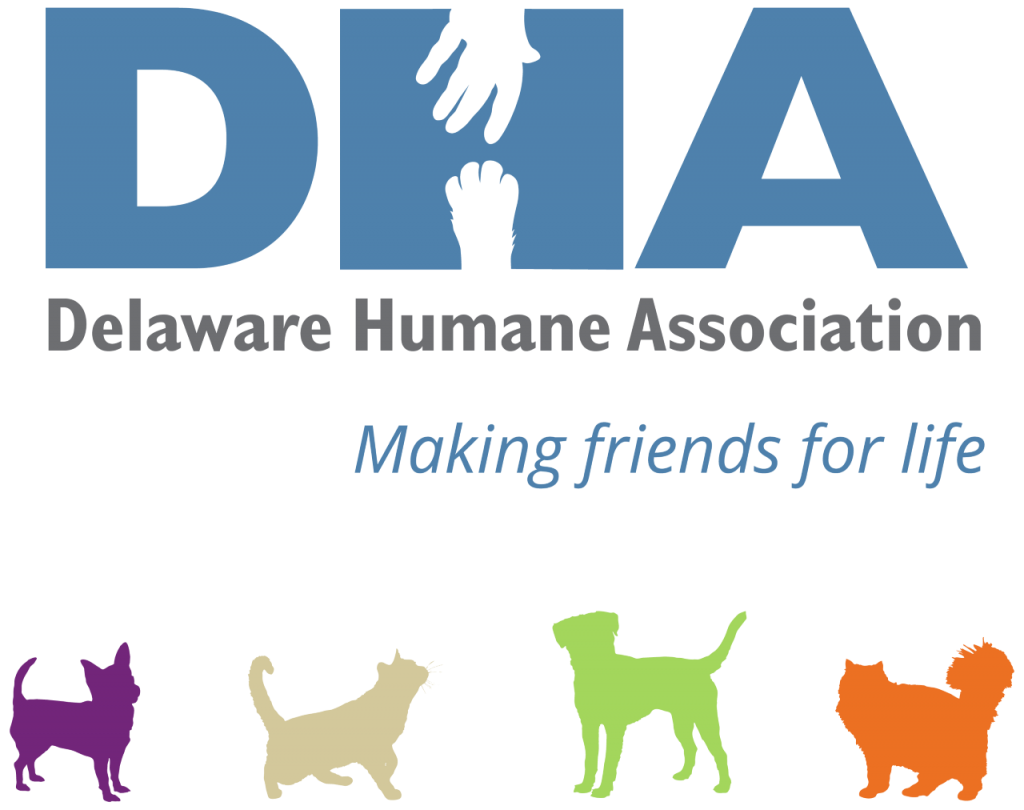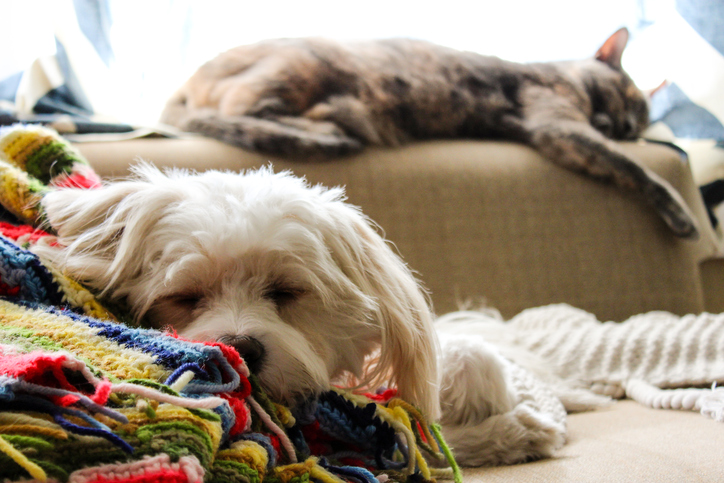An Excellent Alternative to Adoption of an Animal in Need
Delaware is the only “no-kill” animal shelter state in the nation. In 2016, animal advocacy groups successfully lobbied legislators to recognize unnecessary euthanasia of unwanted or unadoptable animals. To be considered no-kill, the state must exceed at least a 90 per cent placement figure for adoption. Delaware tops the charts at just under 94 per cent – surpassing all other states!
Therefore, Delaware is forever busy rescuing animals, not just locally, but from shelters throughout the country, especially from southern states such as Florida and Alabama that have high levels of euthanasia due to overcrowded shelters. For example, Delaware shelters generously accepted hundreds of dogs and cats from southern shelters that had lost power during a hurricane, and last winter did the same for shelters in Texas when an ice storm crippled the state for days without power.
Remarkably, both the Delaware Humane Association (DHA) and Brandywine Valley SPCA (BVSPCA) in Georgetown cleared their shelters within days, mostly by offering adoptions free of charge.
But beyond adoption, there is an alternative for those a bit gun-shy about such a commitment. Travel, for example, can put a wrench in plans if arrangements for a pet are difficult.
Enter fostering.
Fostering adoptable pets is a noble act. It helps save lives of shelter animals. Foster parents are needed for a number of reasons. Shelter overcrowding is the most common, but there are other circumstances, such as caring for a post-surgical animal, or behavioral issues such as learning proper socialization and gaining trust in humans. There are also foster animals that are older and not able to tolerate the stressors of shelter living, and there are newborns requiring extra care, and sometimes a pregnant mom who must also be looked after in a healthy home environment.
Fostering is temporary, of course, and typically lasts between two weeks to two months. Foster families are carefully screened for experience with pets, home environment (including other pets in the home), family size and ages of children.
Katie Mignogno, adoption and foster coordinator for BYSPCA explains, “We try to match the temperament of the animal with a family’s personality and lifestyle.” The animal remains adoptable, and BVSPCA does all they can to encourage adoptive families to meet the fostered pet (which means a return trip to drop off the pet temporarily for an “interview” with the potential family.

The downside to that is the emotions this may evoke – if the animal gets adopted, you won’t see it again, unless you make arrangements with the adoptive family. This can be difficult if you get too attached to your foster, or perhaps your children or grandchildren do.
Which brings us to the coined phrase, “Foster Failure,” meaning the foster family ends up adopting the animal for themselves. “It happens frequently,” Mignogno says with amusement. So far in 2021, BVSPCA has had 1,050 animals in foster care! The pandemic has actually boosted the number of foster families, because people were around their homes with time to care for a companion.
Most animal welfare organizations will provide foster families with food, supplies and medications, and all animals are fully vaccinated and neutered or spayed. Best Friends.org, another well-known animal advocacy organization has a useful guideline for explaining the art of fostering, and even has a manual for preparing your household!
Locally, the Delaware Humane Association requires foster parents to sign up as a volunteer first, and then apply. Brandywine Valley SPCA also requires an application and screening via phone, followed by a virtual fostering orientation.
If you love the companionship of an animal, but are not yet ready to adopt, then fostering a pet is an excellent alternative to adoption. Countless lives have been saved, and knowing that your foster finally finds a loving home is so gratifying!


